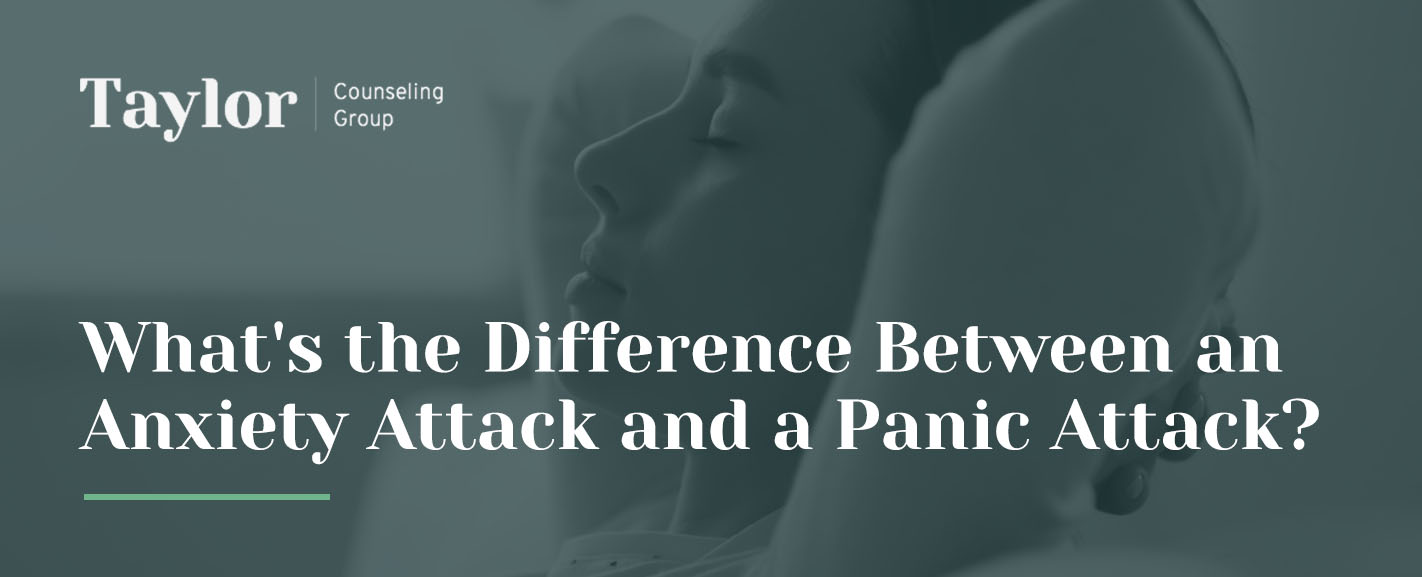There are two ways to practice mindfulness. Formal and informal practice.
Formal practice is the type of practice mentioned in earlier posts (go back and read them if you haven’t!). This is where you find a quiet place and focus on the present moment. It could be what you hear, the feelings and sensations in your body, or on your breath. The breath is a common go to because it is always there, and breathing slowly and deeply can help counteract anxiety and stress. The next step for formal practice is to take a passive attitude towards the thoughts in your head. You are always going to have thoughts coming in and your mind will wander when attempting mindfulness. You shouldn’t view this as a failure but as normal. Informal practice is focusing on the present moment during any activity on a daily basis. Focusing on tasks like walking or eating keep you present instead of stuck in your head. Benefits of repeated practice include making it more difficult for the sympathetic nervous system to become aroused by daily hassles and less likely to engage in the stress response. Other physical benefits include lower heart rate, decreased blood pressure, and an eventual change in the body’s response to adrenaline. People also may report a decrease in anxiety, depression, and stress. Give it a try!







